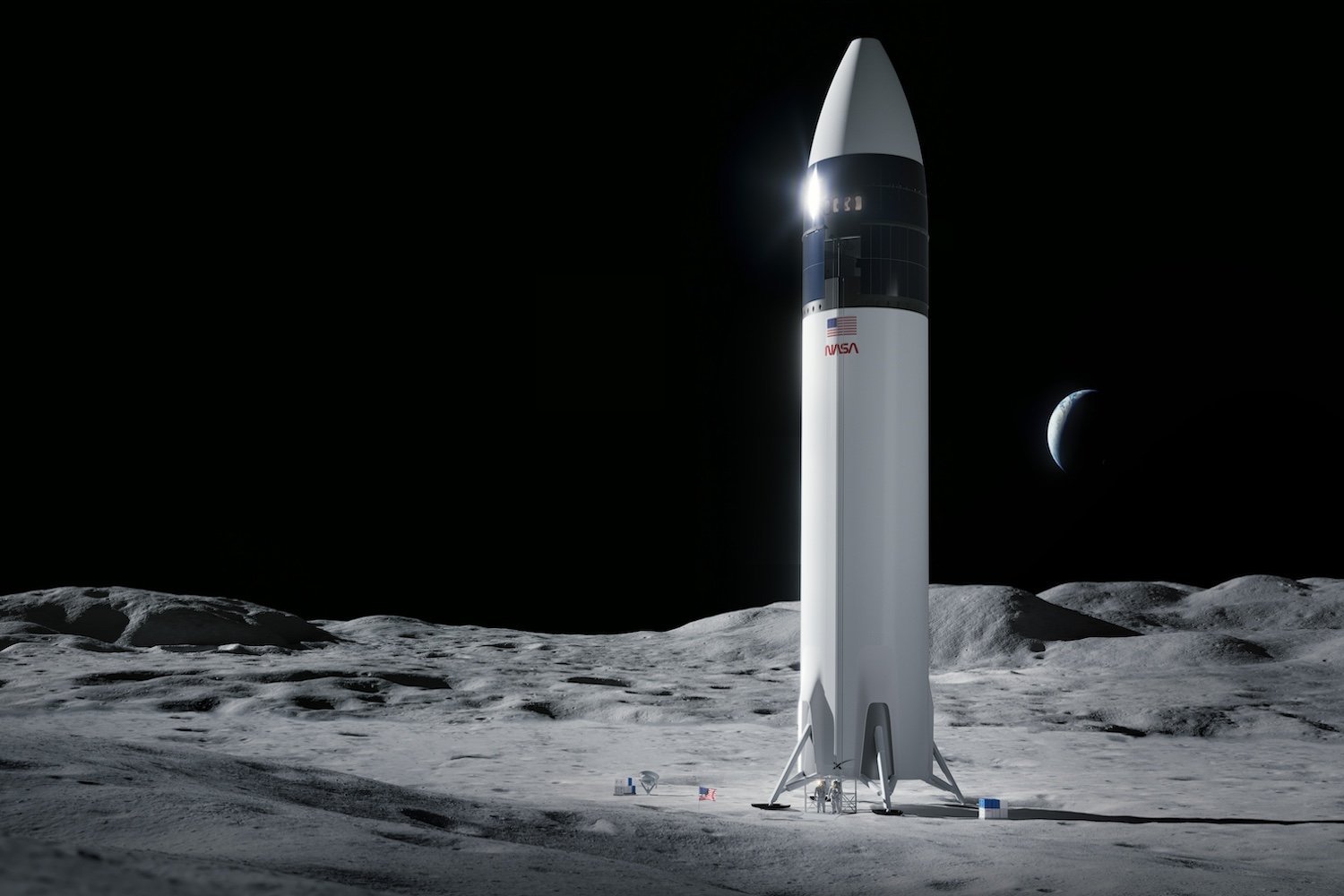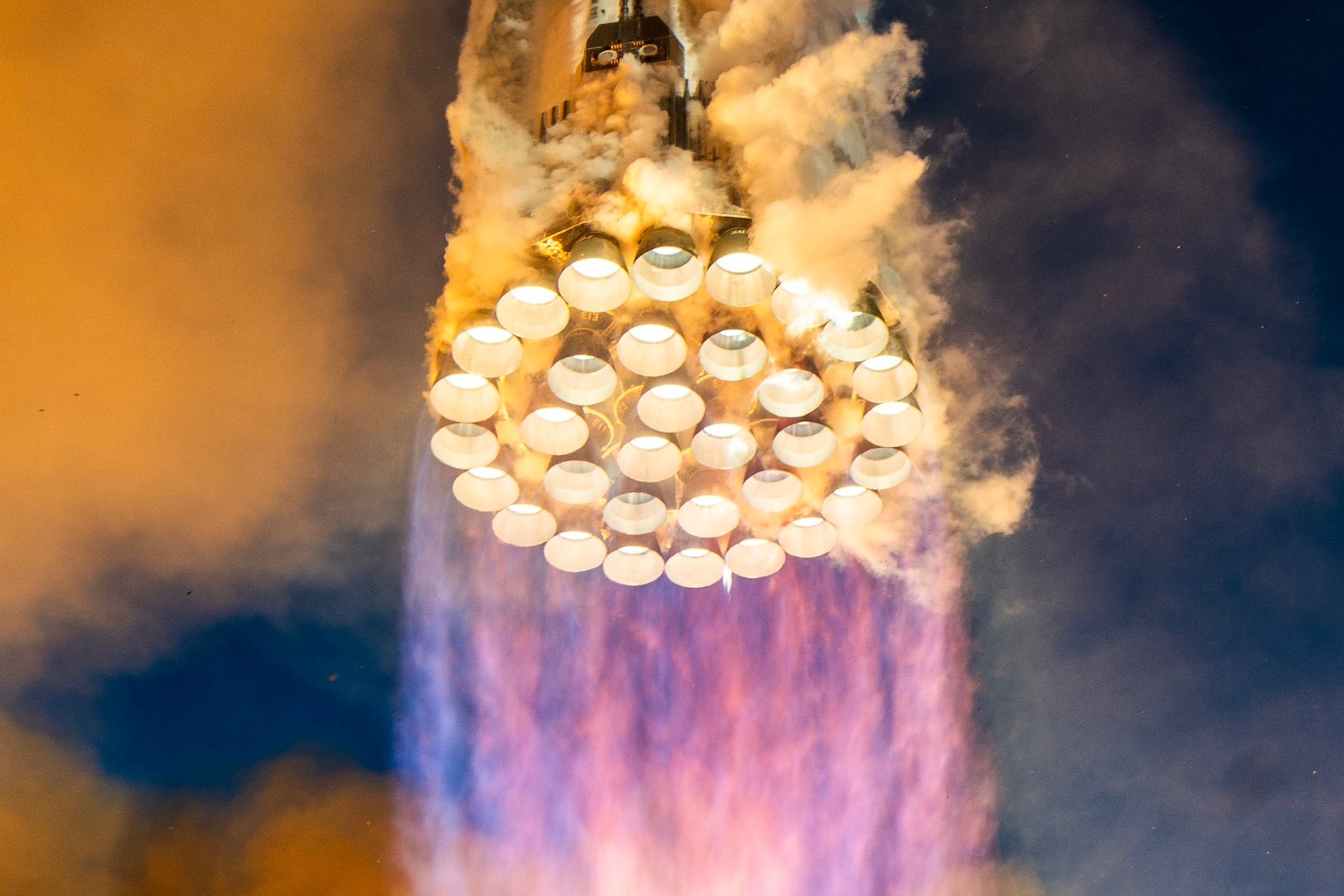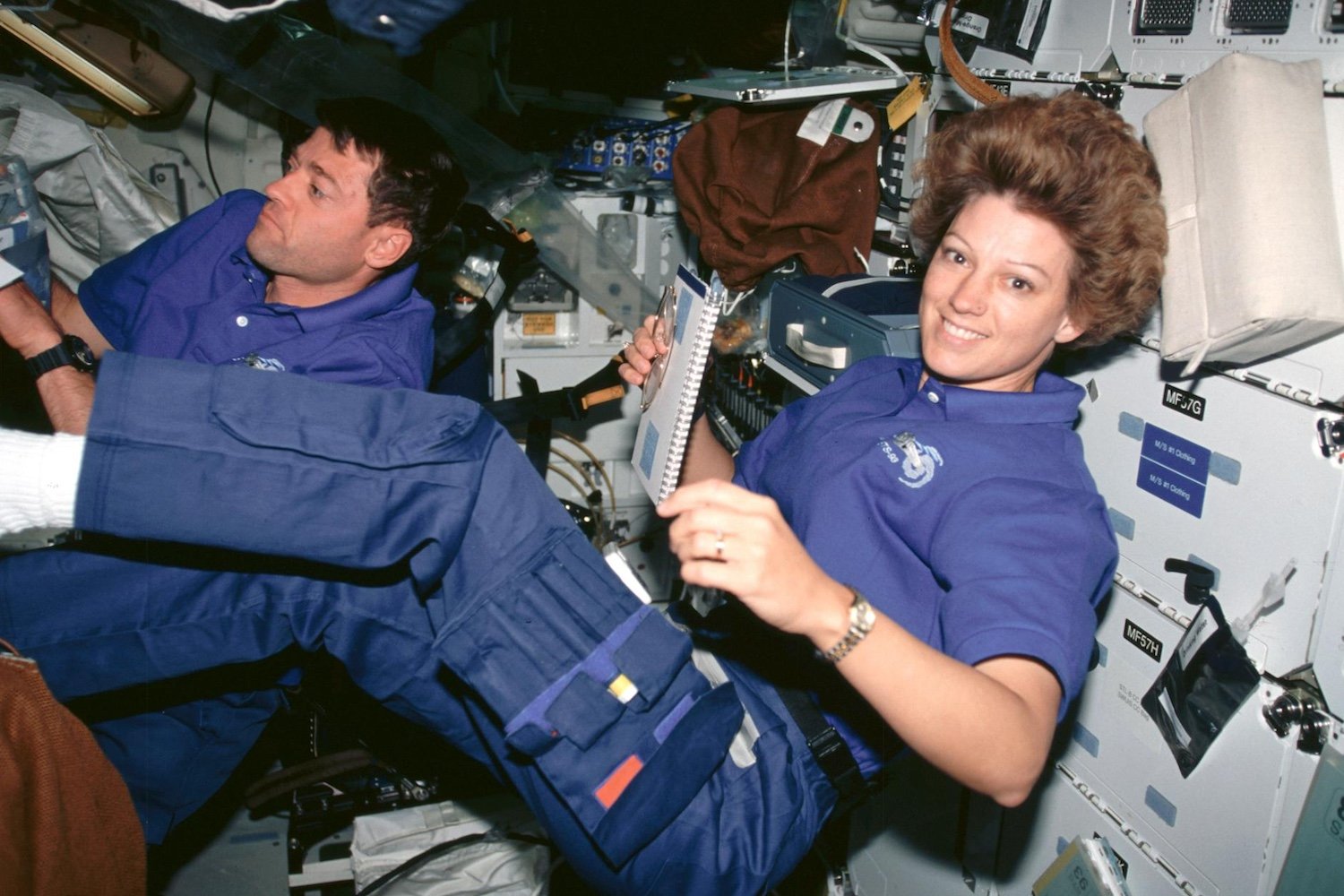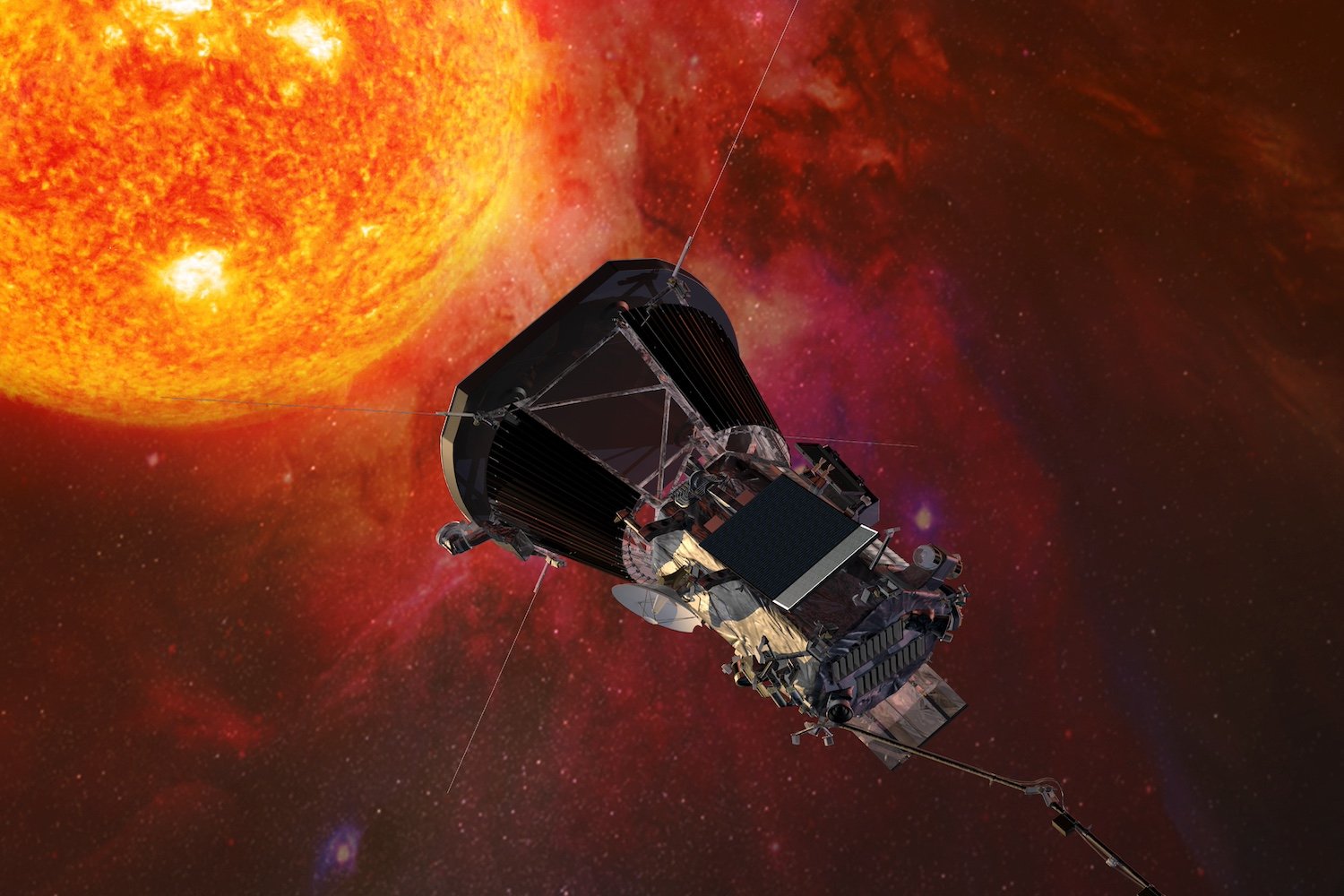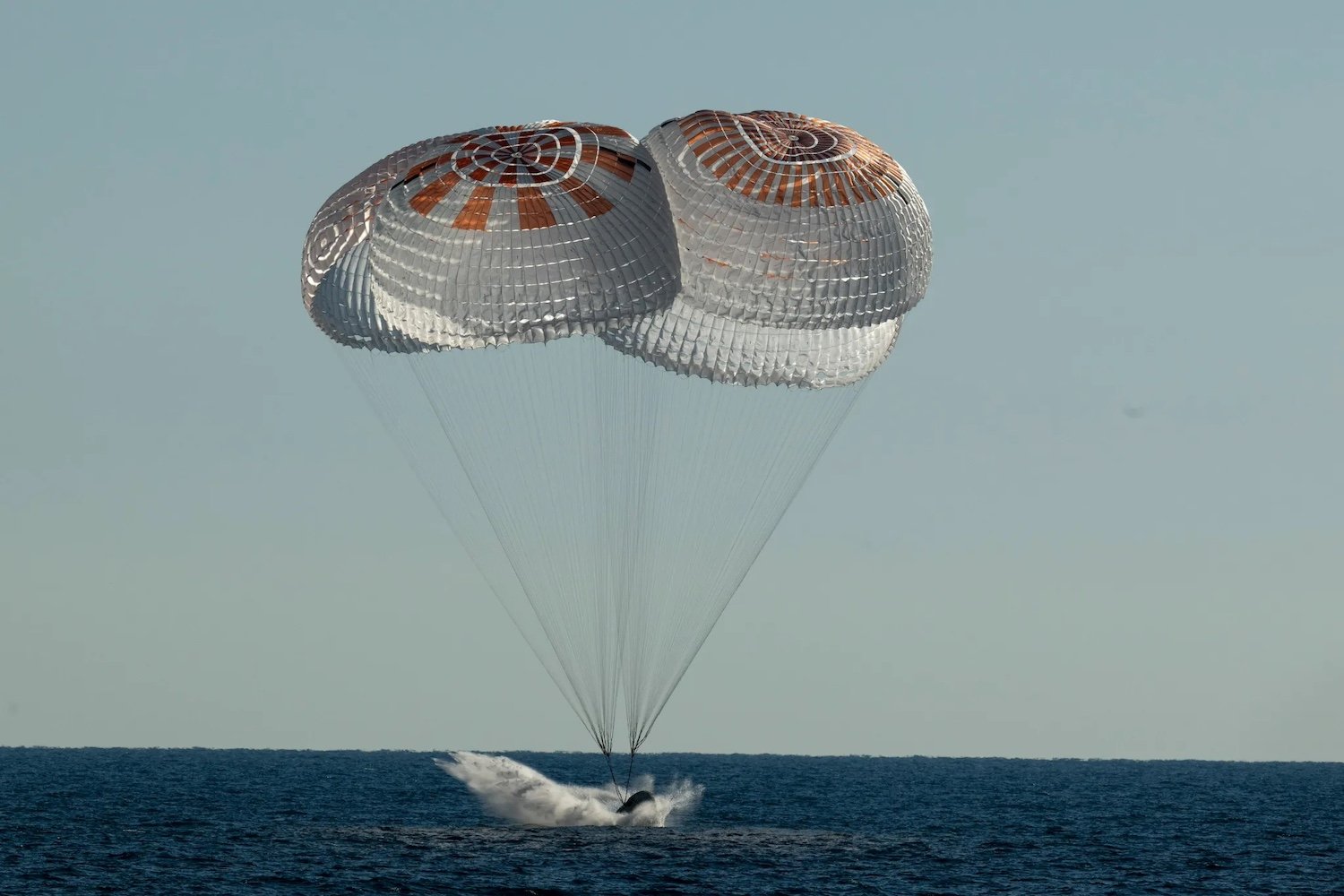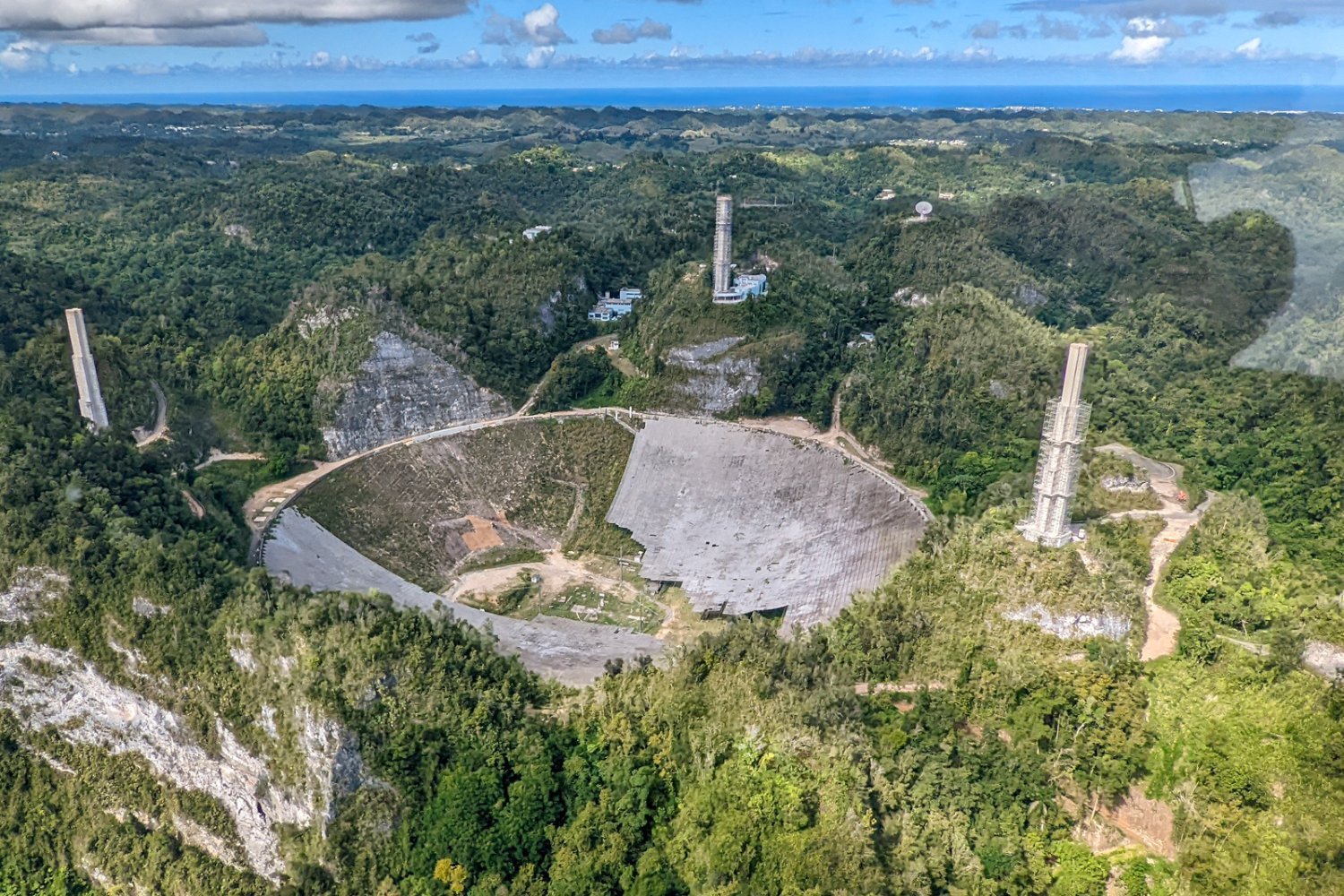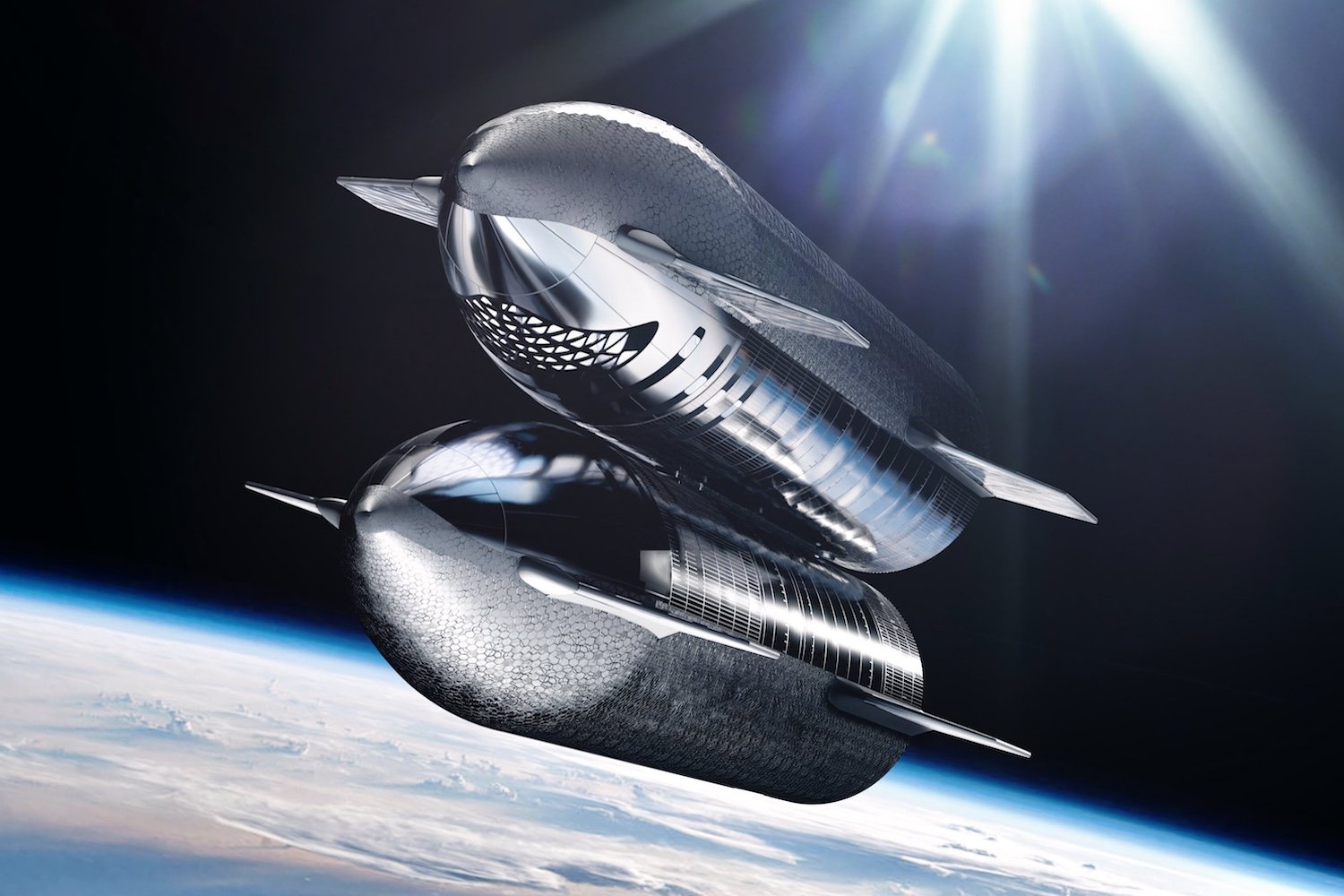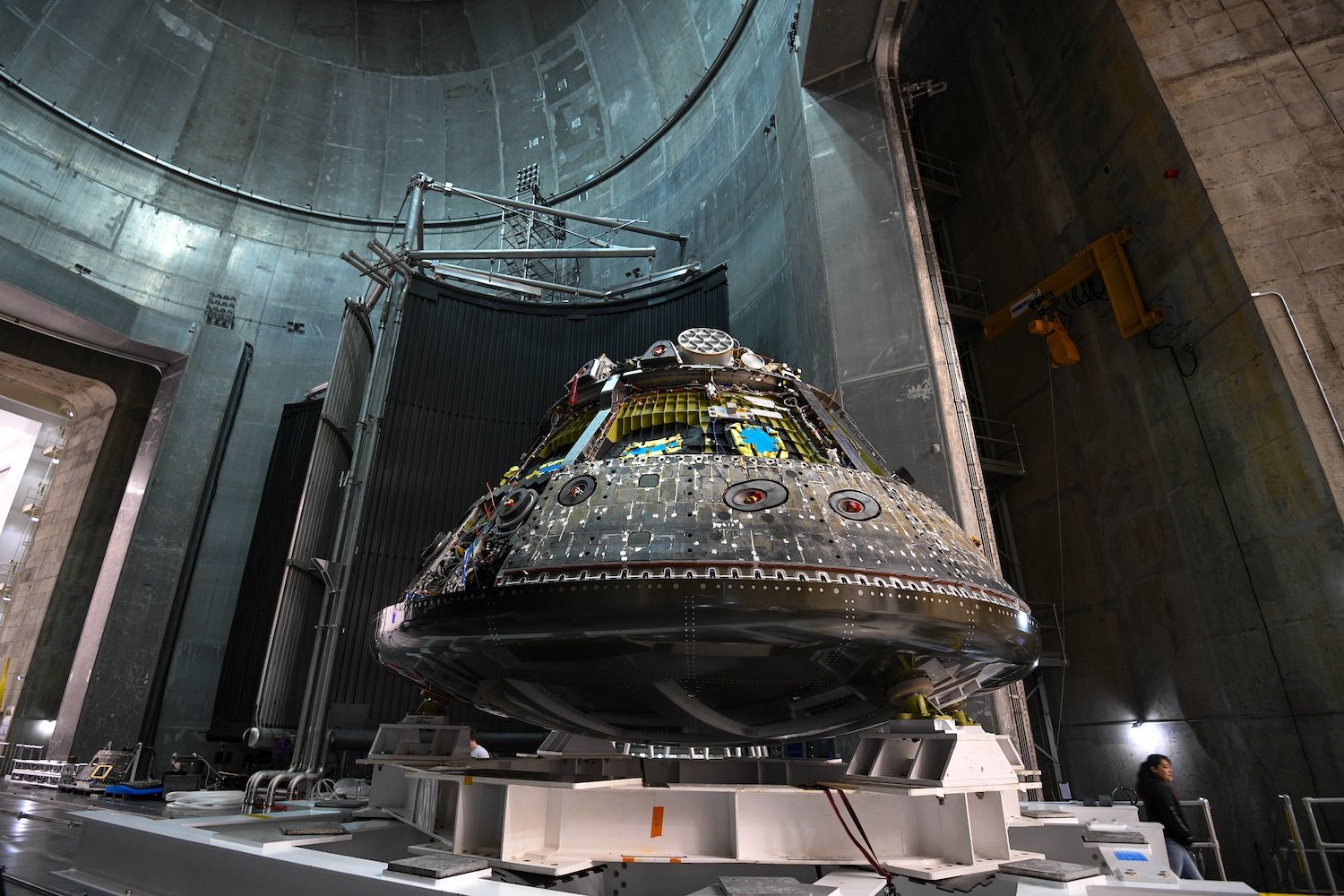More than five decades after the Apollo missions, NASA is preparing to return astronauts to the Moon, but this time, the journey will be vastly different. Partnering with SpaceX, NASA plans to utilize a modified version of SpaceX’s Starship rocket, designed specifically to transport astronauts to and from the lunar surface.
Recently, NASA released artistic renderings showcasing key moments of the Artemis 3 mission, currently slated for launch in September 2026. This mission will employ SpaceX’s Starship Human Landing System (HLS) to ferry two astronauts from lunar orbit to the Moon’s surface and back. The HLS will rendezvous with the Orion spacecraft, retrieve the Artemis crew, and safely deliver them to their lunar destination.
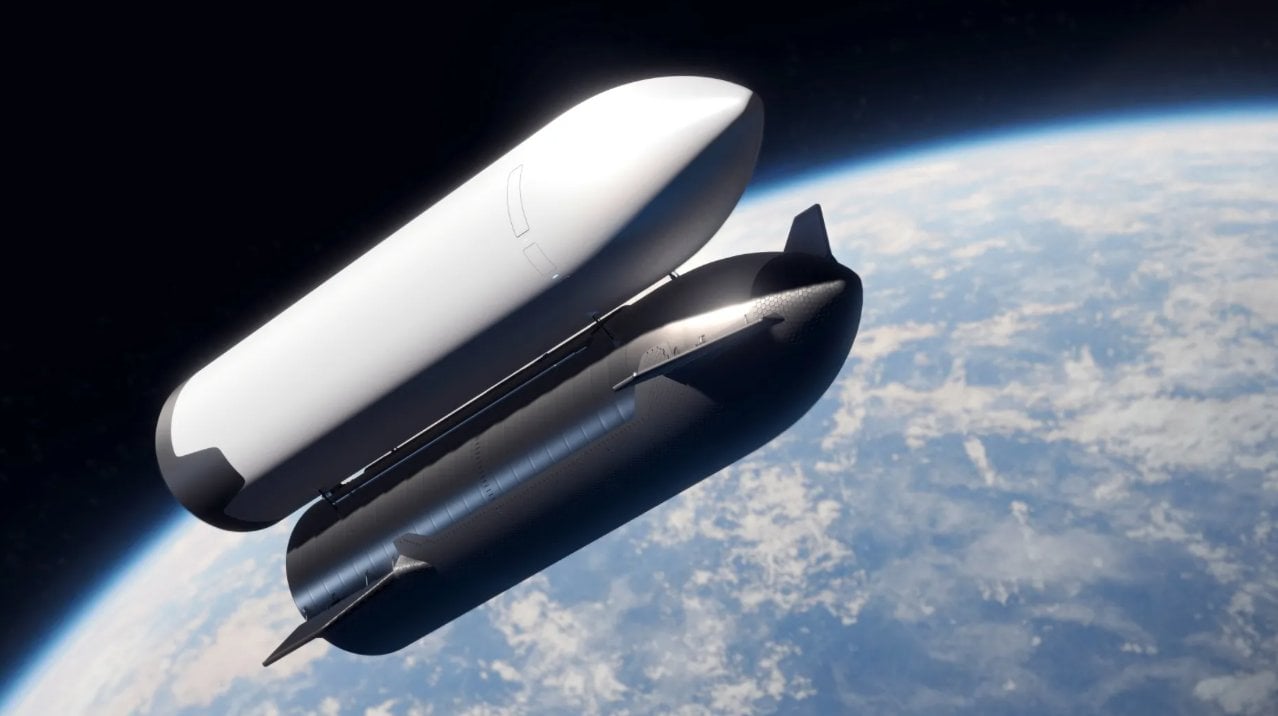 An illustration of a Starship tanker transferring propellant to Starship HLS.A Starship tanker refuels the Starship HLS. Credit: SpaceX
An illustration of a Starship tanker transferring propellant to Starship HLS.A Starship tanker refuels the Starship HLS. Credit: SpaceX
Refueling in Low Earth Orbit
Before reaching lunar orbit, the Starship HLS requires refueling. This will be accomplished using a Starship tanker pre-loaded with propellant, waiting in low Earth orbit. The two spacecraft will dock, allowing the tanker to transfer the necessary propellant to the HLS for its lunar journey. SpaceX has indicated potential readiness to test this complex orbital refueling maneuver as early as March 2025.
Rendezvous and Docking with Orion
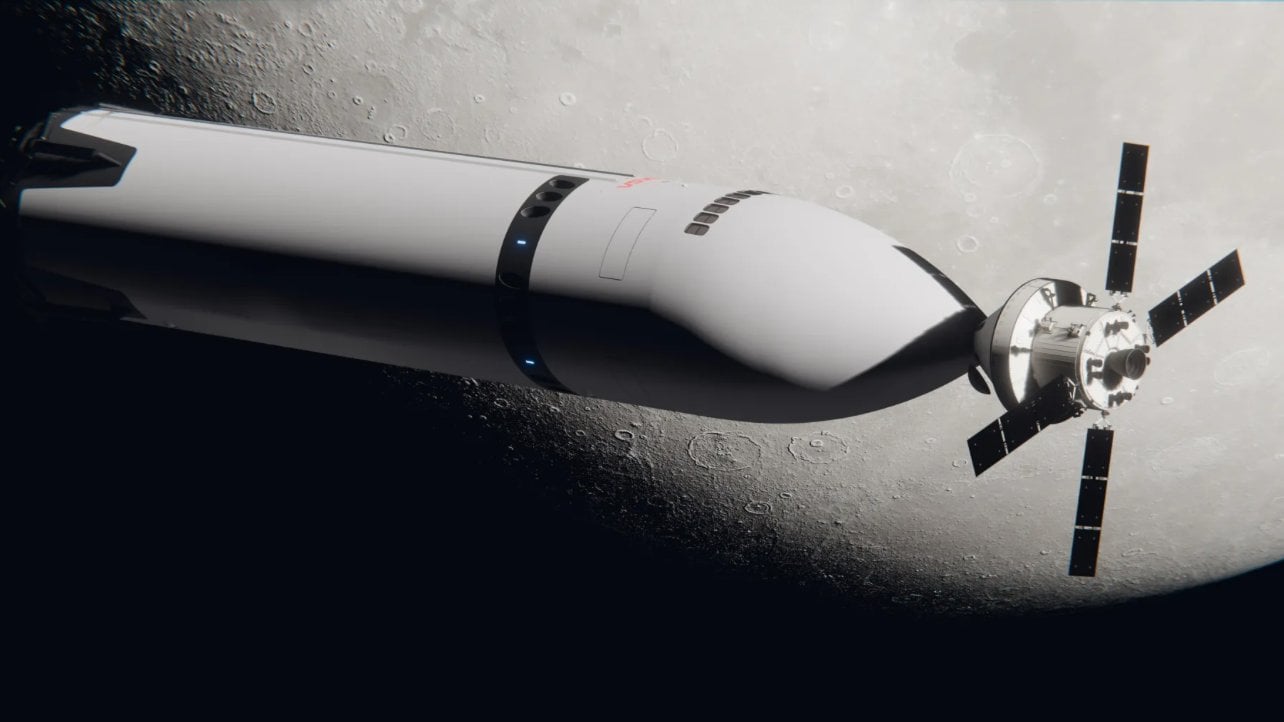 Starship Docking With OrionOrion spacecraft docking with Starship. Credit: SpaceX
Starship Docking With OrionOrion spacecraft docking with Starship. Credit: SpaceX
Once fully fueled, Starship HLS will proceed to lunar orbit to await the arrival of the Orion crew capsule, carrying four astronauts. The HLS will dock directly with Orion, enabling two astronauts to transfer to the lunar lander while the remaining crew members remain aboard Orion in lunar orbit.
Lunar Descent and Landing
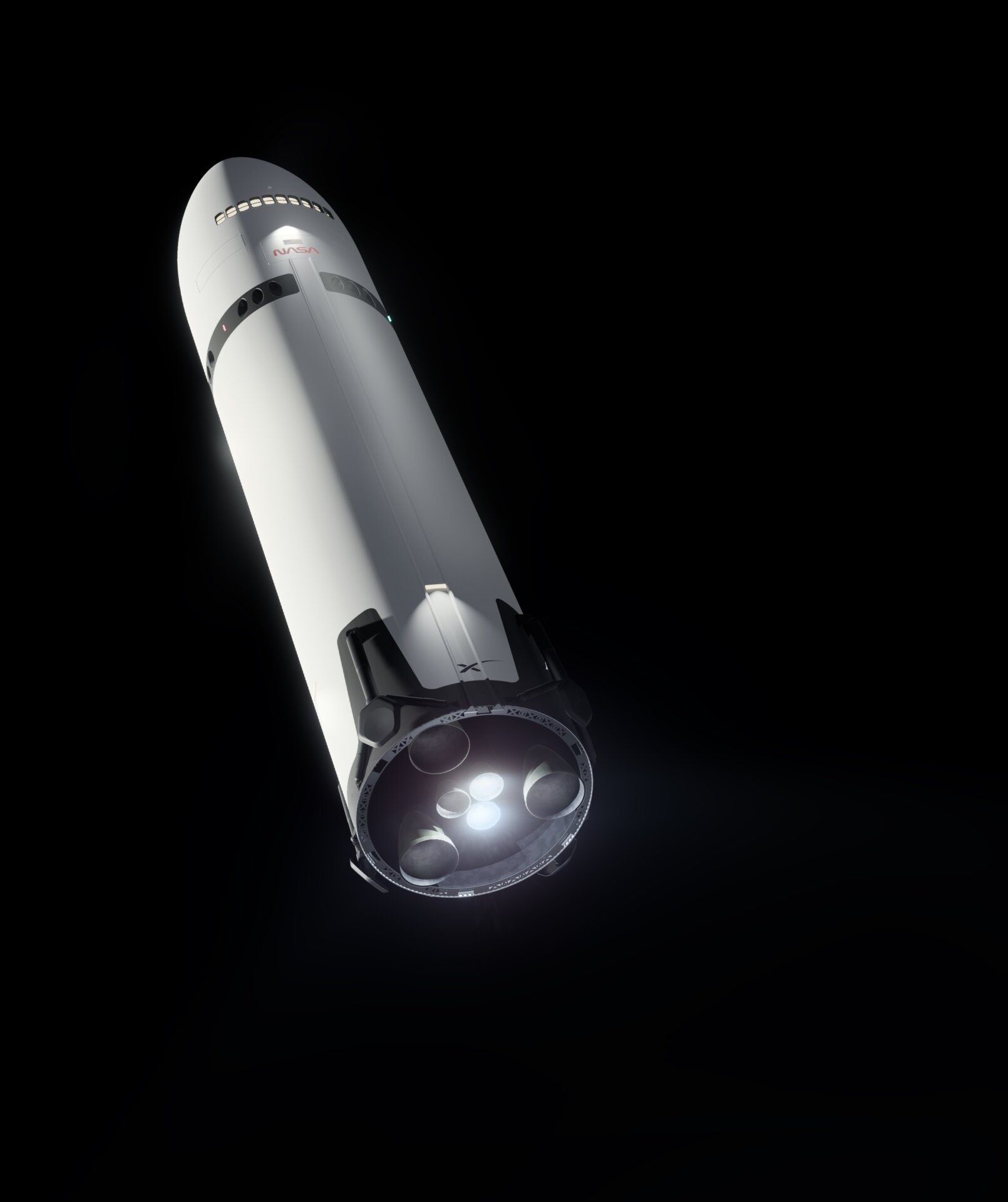 2 RaptorsStarship performing a breaking burn before lunar landing. Credit: SpaceX
2 RaptorsStarship performing a breaking burn before lunar landing. Credit: SpaceX
With two astronauts onboard, Starship HLS will initiate its descent from low lunar orbit. Using two of its Raptor engines, the vehicle will execute a braking burn to prepare for landing on the Moon’s surface.
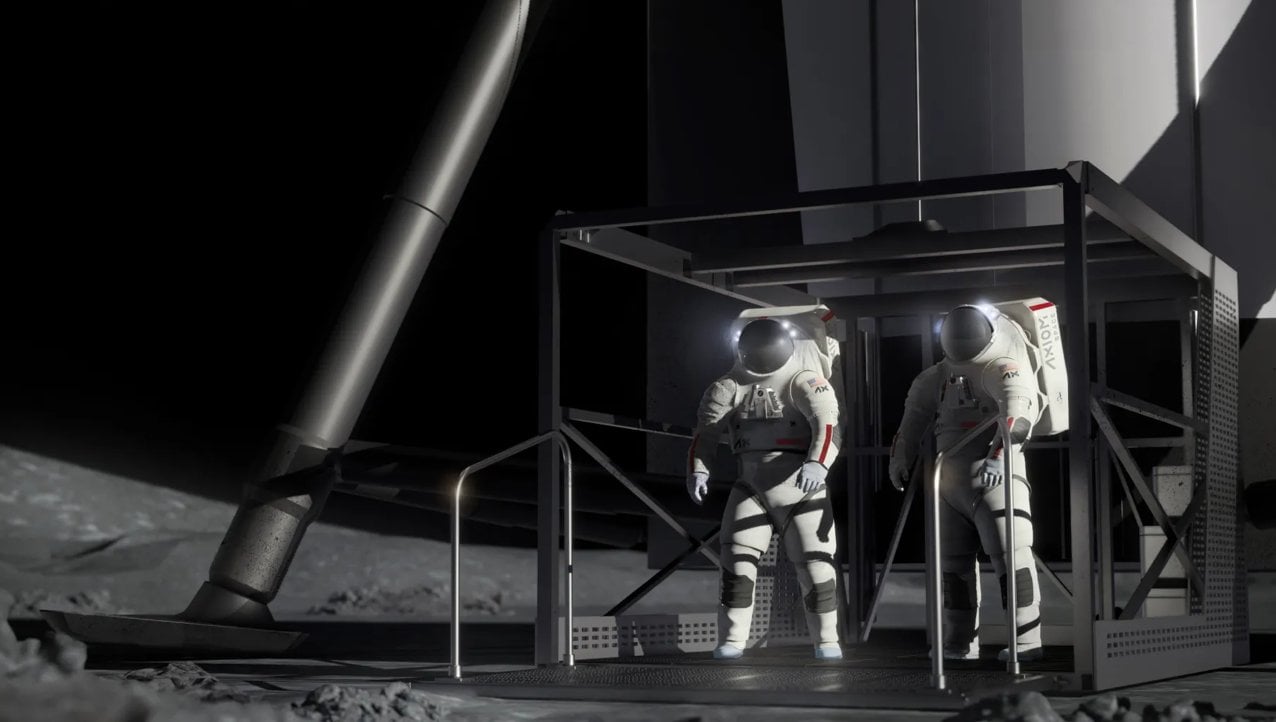 Starship Landing Astronauts On The MoonAstronauts descend to the lunar surface. Credit: SpaceX
Starship Landing Astronauts On The MoonAstronauts descend to the lunar surface. Credit: SpaceX
The astronauts will descend to the lunar surface using a specialized elevator located at the base of the approximately 164-foot (50-meter) tall HLS. This elevator, comparable in height to a 15-story building, will also facilitate cargo transport between the lunar surface and the lander during sample collection activities.
Uncrewed Test and Future Development
Prior to the crewed landing, SpaceX will conduct an uncrewed lunar landing test using the Starship vehicle. Currently under development, Starship recently completed its sixth test flight.
Looking ahead to the Artemis 4 mission, scheduled for September 2028, NASA and SpaceX are collaborating on further development of the Starship HLS. The upgraded version will need increased payload capacity to the lunar surface and the ability to dock with Gateway, NASA’s planned lunar orbiting space station.
Conclusion: A Challenging but Promising Future
While these illustrations depict a compelling vision, realizing these ambitious timelines presents significant challenges for both SpaceX and NASA. Though Starship is making progress toward regular orbital flights, developing a fully functional Human Landing System remains a complex undertaking. The success of these endeavors holds immense promise for the future of lunar exploration.



